If You See This in Your Food, You’re Already at Risk
A good meal can turn bad real fast—sometimes before you even take the first bite. They can send you running for the nearest bathroom, or worse, the ER. These are the food red flags worth paying attention to. If you spot any of these, trash it.
Mold That’s Not Supposed To Be There
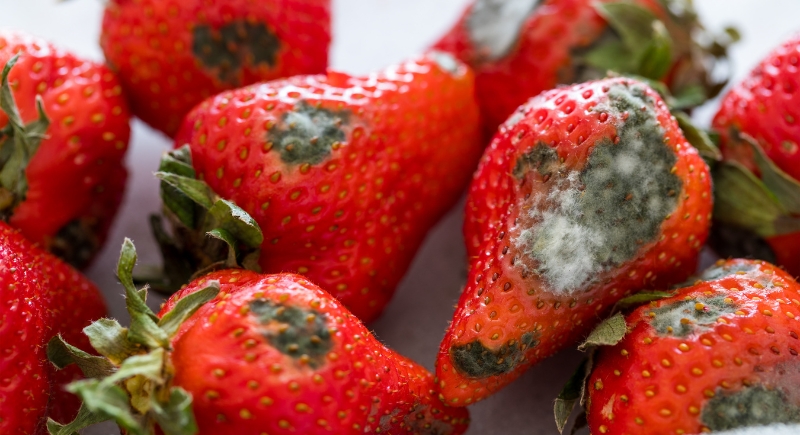
Credit: Canva
Not all mold is blue cheese chic. When you see fuzzy spots on bread, fruit, or leftovers, it’s not just sitting on top; it could probably thread its way deep inside, and cutting around it might not be enough. The USDA recommends completely tossing soft foods with mold.
Cans That Look Like Balloons
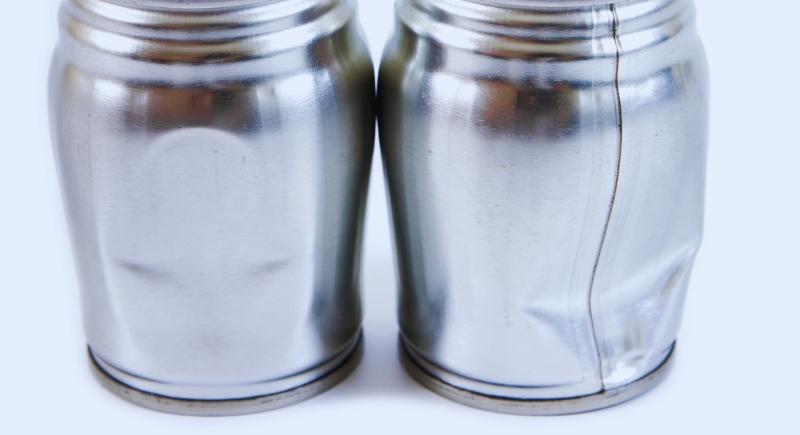
Credit: iStockphoto
Swollen or bulging cans mean gas has built up inside, often from Clostridium botulinum, the bacteria behind botulism. It doesn’t matter if it’s beans, peaches, or soup—don’t open it, don’t sniff it, just toss it safely. Dents near seams are also risky because they can break the sterile seal.
A Slippery Surprise On Meat
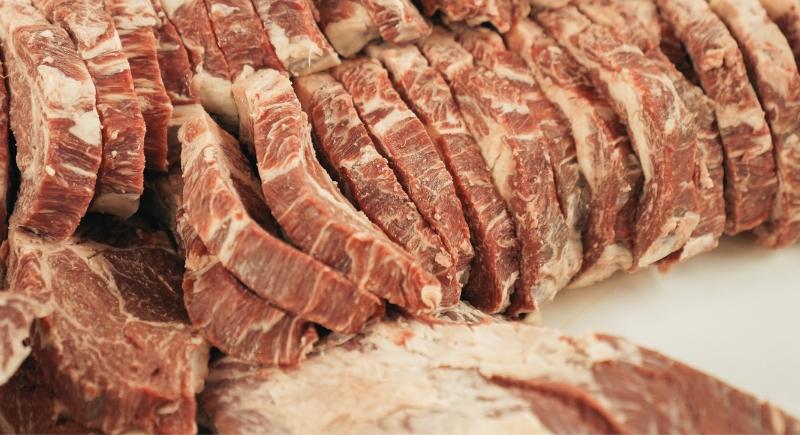
Credit: pexels
Raw meat should feel firm, not slimy. If chicken, pork, or beef has a slippery coating—or worse, a greenish hue—that’s spoilage in action. This texture means bacteria have started breaking down the surface. Even if it doesn’t smell bad yet, don’t take any chances. Cooking won’t undo bacterial toxins already present.
The Wrong Kind Of Fizz

Credit: iStockphoto
A little bubble in soda is fine, but if your pasta sauce or applesauce hisses when opened, or bubbles oddly, that’s already fermentation. This can happen when yeast or bacteria sneak into a product, especially if it was improperly sealed.
Bitter Or Metallic Flavors Out Of Nowhere

Credit: Getty Images
You’re halfway through your snack when it hits: a weird, bitter, or metallic tang. That’s your clue that something’s off. Rancid oils or leached metals from cans give food an odd taste. It’s also a warning sign with fish: that burning feeling can signal histamine build-up.
Weird Smells That Don’t Belong

Credit: iStockphoto
Some cheeses smell funky on purpose, but spoilage happens when milk smells sour, chicken smells like sulfur, or bread smells like wet socks. Bacteria and yeast emit gases as they grow, often long before mold appears. A quick sniff test is your best defense.
Cloudy Liquids In Clear Brines
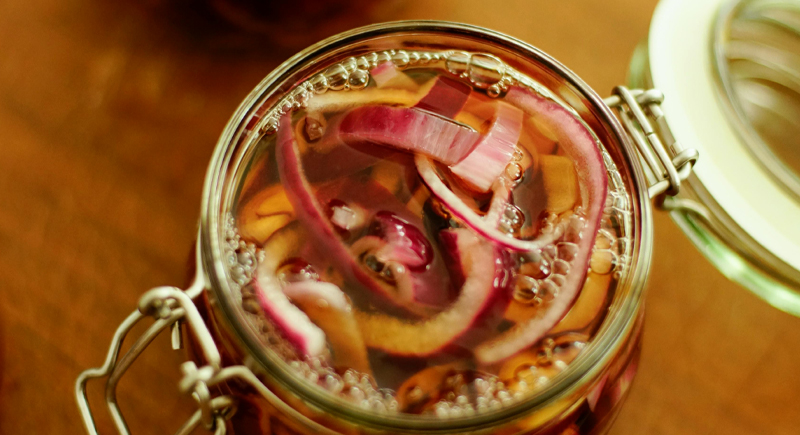
Credit: pexels
Pickles, olives, and jarred peppers should float in clear brine. If the liquid turns murky or cloudy, bacteria or yeast may have taken over. Any off-odor or floaty film is another red flag. The USDA notes these changes often mean the product wasn’t sealed properly.
A Grainy, Sandy Texture In Dry Goods
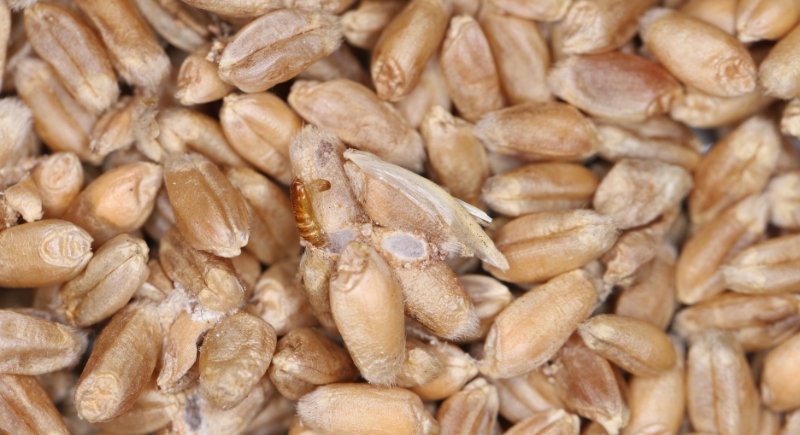
Credit: Getty Images
Flour, sugar, or rice that feels gritty likely has uninvited guests. Pantry pests like weevils, moth larvae, and beetles lay eggs in grains, and the grit might be crushed insects or waste. Even one contaminated package can infest your whole pantry.
A Pop When You Open It—And It’s Not Champagne
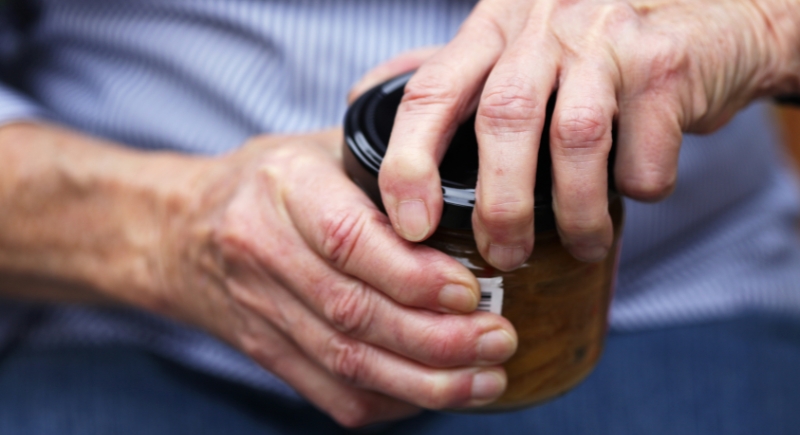
Credit: Getty Images
When a sealed jar of pesto, pasta sauce, or baby food opens with a loud hiss or pop, something’s wrong. That sound means pressure has built up inside, most likely from gas-producing bacteria. Don’t conduct taste tests to confirm. Just count yourself lucky you didn’t open it near your face.
Discoloration That Doesn’t Match The Food

Credit: iStockphoto
Gray beef, green potatoes, blue cheese that’s turned pink—none of that’s normal. Some color shifts are harmless oxidation (like brownish apple slices), but others signal chemical breakdown or bacterial activity. Green on potatoes means solanine, which can cause nausea. Rainbow-colored meat also points to light diffraction.
Worms, Webs, Or Movement In Grains
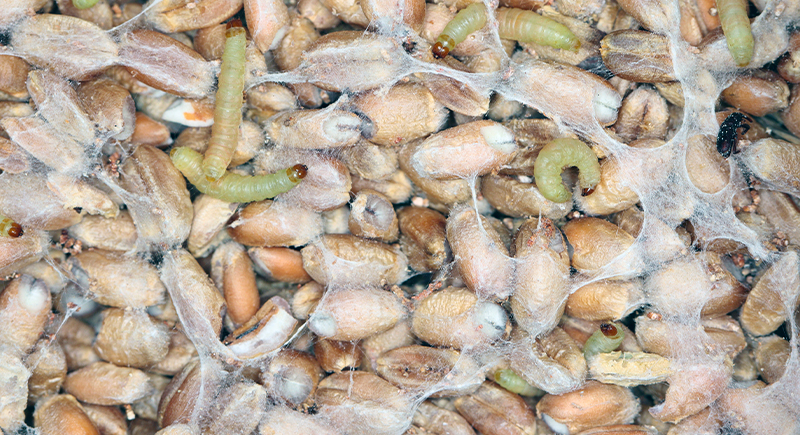
Credit: iStockphoto
Finding tiny wrigglers or silky strands in your rice or oats is a pest problem. Pantry moths and beetles lay eggs in packaging, and the larvae can hatch and crawl around unnoticed. Toss the whole bag, then check nearby dry goods too. They rarely travel alone.
Sticky Residue Around Seals Or Caps
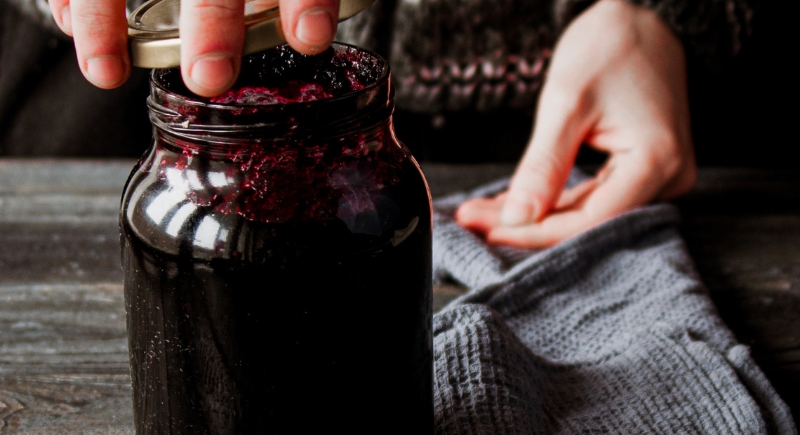
Credit: pexels
Sticky jars or tacky bottle caps are often signs of leaks or fermentation. A broken seal can let in air and bacteria. Honey and syrup are especially prone to this, and once left too long, they’ll attract bugs.
Powdery White Spots On Nuts Or Seeds
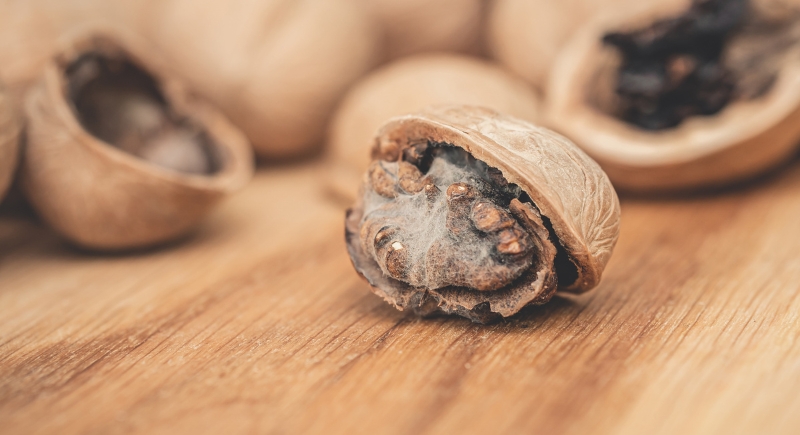
Credit: Getty Images
Rancid nuts don’t always smell bad right away, but you might spot a chalky film or notice they crumble strangely. That white dust could be mold or a fat breakdown. Nuts are high in oil and go bad faster than most pantry items.
Unexpected Crunch In Soft Foods
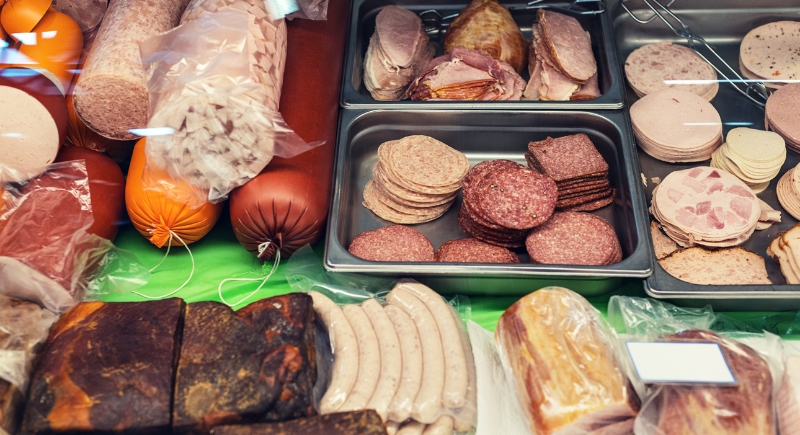
Credit: Getty Images
Nothing kills the mood faster than crunching into something soft and finding… something else. Bone fragments, plastic pieces, and even glass can end up in processed foods. It happens more than you’d think, and the FDA tracks thousands of reports yearly.
Mold Floating In Maple Syrup
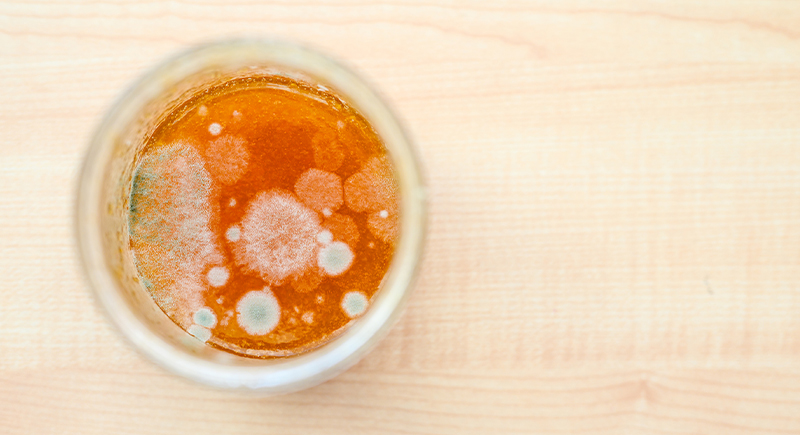
Credit: iStockphoto
Honey stays shelf-stable, but maple syrup is a different story. If you keep it in the pantry after opening, mold can develop, often as floating specks or a white layer near the top. Refrigerate after opening and toss the whole bottle if you see any mold. Boiling it doesn’t make it safe again.